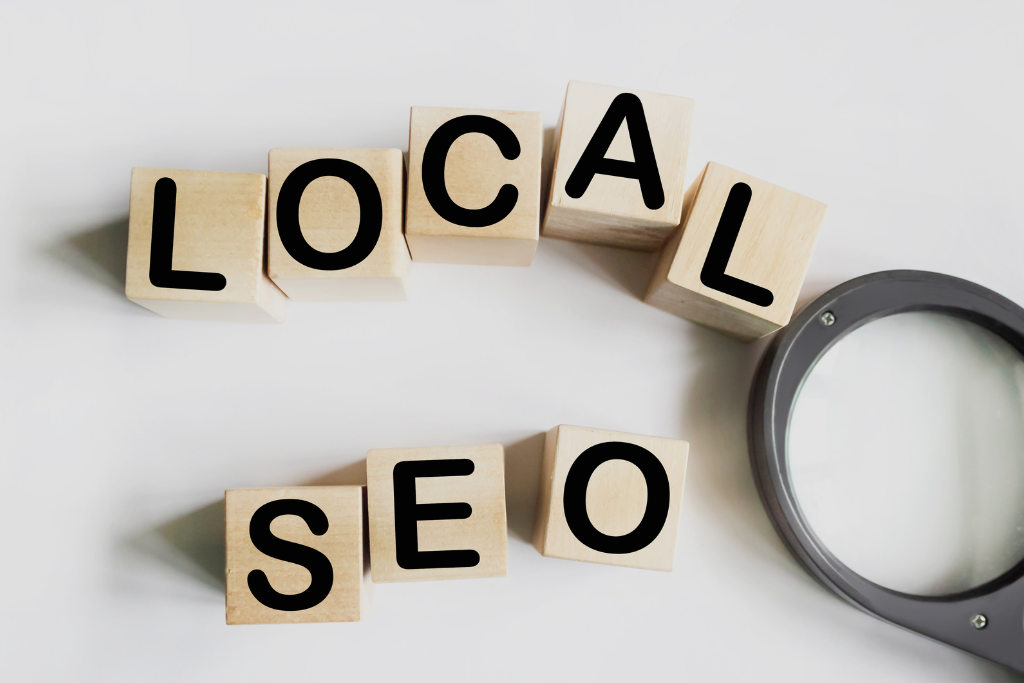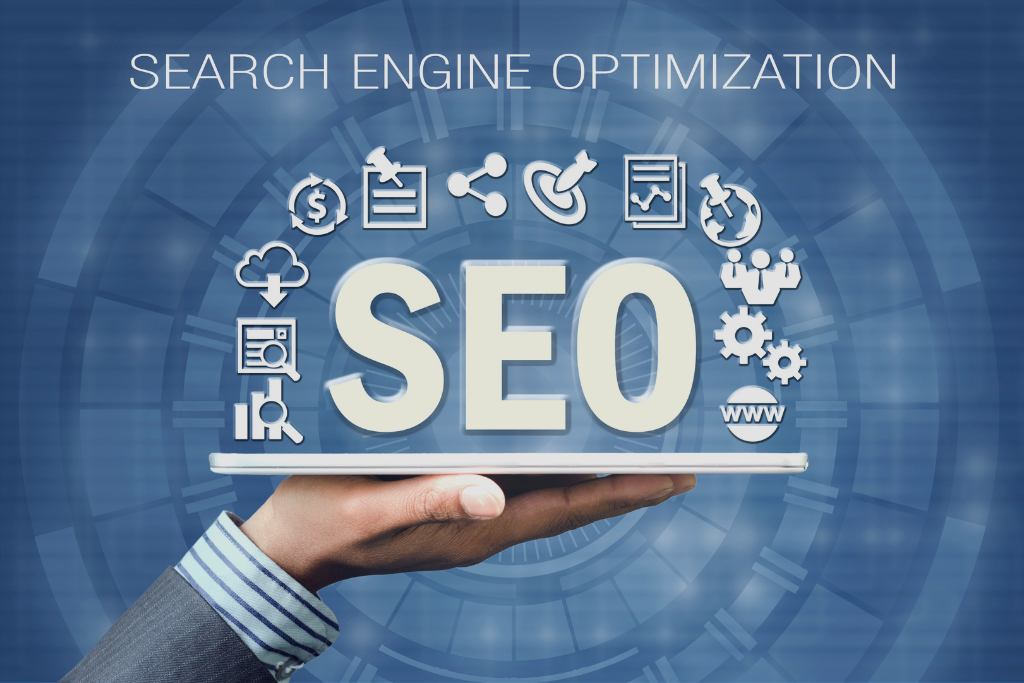In the ever-evolving landscape of digital marketing, search engine optimization (SEO) and local seo services stand as cornerstone strategies for businesses seeking online visibility. However, not all SEO approaches are created equal. The distinction between traditional SEO and local SEO represents a crucial fork in the road for businesses depending on their goals, target audience, and physical presence. While they share fundamental principles, these two strategies differ significantly in their focus, techniques, and metrics for success. Understanding these differences is essential for business owners looking to allocate resources effectively and drive qualified leads to their websites and storefronts. This comprehensive guide explores the nuances that separate traditional SEO from local SEO and helps clarify which approach might better serve your business objectives.
Understanding Traditional SEO
What is Search Engine Optimization?
Search engine optimization (SEO) encompasses a set of practices designed to improve a website’s ranking in search engine results pages (SERPs). The goal is to increase organic traffic—visitors who find your site through organic search results and unpaid search results—by making your content more visible and appealing to search engines like Google.
Traditional SEO focuses on optimizing your website to rank higher for relevant keywords across the entire internet, regardless of geographical constraints. This approach is particularly valuable for:
- Online businesses without physical locations
- Companies offering products or services globally
- Content publishers seeking broad readership
- Brands aiming to establish industry authority
Key Components of Traditional SEO
Content Creation and Optimization
Content remains the foundation of effective SEO. This involves:
- Creating high-quality, informative content that addresses user needs
- Strategic use of relevant keywords throughout website content
- Developing comprehensive resource pages on topics related to your business
- Regular publishing of fresh content like blog posts, articles, and guides
The focus here is on creating material that answers common search queries and provides genuine value to readers, regardless of their location.
Technical SEO
Behind-the-scenes optimizations that help search engines crawl and interpret your site include:
- Website speed optimization
- Mobile-friendly design
- Secure connections (HTTPS)
- Clear site architecture
- XML sitemaps
- Proper use of robots.txt
- Structured data implementation
Technical SEO ensures that search engines can efficiently find, access, and understand your content.
On-Page Optimization
This involves optimizing individual pages for specific keywords through:
- Strategic keyword placement in titles, headings, and content
- Optimizing meta tags (title tags and meta descriptions)
- Using descriptive URLs
- Implementing internal linking between related content
- Optimizing images with descriptive alt text
Off-Page SEO
Factors outside your website that influence your site’s authority include:
- Link building from reputable websites
- Social media presence and engagement
- Brand mentions across the web
- Guest posting on relevant industry sites
These signals help establish your website’s credibility and authority in the eyes of search engines.

Understanding Local SEO
What is Local SEO?
Local SEO is a specialized branch of search engine optimization that focuses on optimizing a business’s online presence to attract more customers from relevant local searches, enhancing local search results . These searches occur when people look for businesses, products, or services in their vicinity, such as “coffee shop near me” or “dentist in [city name].”
Local SEO is crucial for:
- Small businesses with physical locations
- Service-based businesses that operate in specific geographical areas
- Businesses that target local customers or clients
- Brands with multiple locations seeking to drive foot traffic
Key Components of Local SEO
Google Business Profile Optimization
Formerly known as Google My Business, your Google Business Profile serves as the cornerstone of local SEO. Optimizing this involves on page optimization :
- Creating and verifying your business listing
- Keeping business information accurate and up-to-date
- Adding high-quality images of your business, products, and services
- Setting correct business hours
- Responding to customer reviews
- Posting regular updates about promotions or events
A well-optimized Google Business Profile is essential for appearing in the “local pack”—the set of three local business listings that appear at the top of Google search results for local queries.
Local Keyword Research
While traditional SEO focuses on general keywords, local SEO requires targeting terms with geographical modifiers:
- “Plumber in Chicago” instead of just “plumber”
- “Best pizza delivery Manhattan” rather than “best pizza delivery”
- Location-specific long-tail keywords that match how local customers search
When you conduct keyword research for local SEO, you need to consider how people in specific areas phrase their searches.
Local Citations
Citations are mentions of your business name, address, and phone number (NAP) on other websites. Consistent citations across the web help search engines verify your business’s legitimacy. Important citation sources include:
- Local business directories
- Chamber of commerce websites
- Industry-specific directories
- Local news sites
- Review platforms like Yelp
Ensuring your NAP information remains identical across all platforms is crucial for local search optimization.
Local Content Creation
Creating content with a local focus helps improve local rankings and establish relevance for nearby searches:
- Location-specific service pages
- Blog posts about local events or news
- Content addressing local challenges or opportunities
- Information about community involvement
- Location-specific case studies or testimonials
This localized content helps search engines understand the geographical areas your business serves.
Local Link Building
While traditional link building focuses on authority, small businesses often find that local link building adds a geographical component:
- Partnerships with other local businesses
- Sponsorships of local events
- Membership in local business associations
- Features in local publications
- Community involvement that generates local press
These local backlinks signal to search engines that your business is an established part of the local community.
why is local seo important?
Local SEO is important for several critical reasons:
Connects businesses with nearby customers – Local SEO helps businesses appear when potential customers in their area are actively searching for their products or services. These are high-quality leads who are often ready to make immediate purchases or bookings.
Improves visibility in Google’s “Local Pack” – Local SEO strategies increase your chances of appearing in the prominent three-pack of local businesses that appears at the top of Google search results for local queries. This prime real estate drives significant traffic and store visits.
Targets potential customers with high purchase intent – People searching locally often have immediate needs and stronger buying intent than general searchers. For example, someone searching “plumber near me” likely has an urgent problem they need solved.
Levels the playing field with larger competitors – Small businesses can effectively compete with larger national chains in local search results by optimizing their local presence, even with smaller marketing budgets.
Drives both online traffic and physical visits – Unlike traditional SEO that primarily drives website traffic, local SEO generates both online engagement and in-person store visits.
Builds community presence and trust – Local SEO strategies like managing reviews and local citations help establish your business as a trusted part of the local community.
Capitalizes on mobile search growth – With the majority of local searches performed on mobile devices (often while people are on the go), local SEO helps capture this growing segment of searchers.
Provides measurable ROI – Local SEO efforts directly translate to store visits, calls, and direction requests that can be tracked and measured, providing clear return on investment metrics.
For businesses with physical locations or those serving specific geographic areas, local SEO isn’t just important—it’s essential for survival in today’s digital marketplace.
Key Differences Between SEO and Local SEO
Target Audience
Traditional SEO targets a broad, often global audience. It aims to attract anyone interested in your offerings, regardless of their location.
Local SEO specifically targets potential customers in your local area and aims to attract more customers who might visit your physical location or require services in a specific geographic region.
Search Intent
Traditional SEO addresses informational, navigational, and transactional queries aimed at improving search engine rankings without geographical constraints.
Local SEO focuses primarily on local-intent queries—searches from people looking for nearby solutions, often with immediate needs.
Ranking Factors
While many ranking factors overlap, their importance differs:
Traditional SEO prioritizes:
- Website authority
- Content depth and quality
- Backlink profile
- Technical optimization
- User experience signals
Local SEO emphasizes:
- Google Business Profile optimization
- Proximity to the searcher
- NAP consistency
- Local reviews and ratings
- Local content relevance
- Local citation quality and consistency

Competition Level
Traditional SEO often involves competing on a national or global scale, which can be intensely competitive for popular keywords.
Local SEO narrows the competitive field to businesses in your geographical area, potentially making it easier to achieve visibility for local searches.
Visibility Metrics
Traditional SEO success is measured primarily through:
- Organic traffic volume
- Keyword rankings across regions
- Backlink acquisition
- Conversion rates
Local SEO success includes additional metrics related to seo services :
- Google Business Profile views
- “Get directions” clicks
- Phone call clicks
- Local pack appearances
- Review quantity and quality
Google review count and review score factor into local search ranking.
When to Focus on Traditional SEO vs. Local Search Engine Optimization
When to Prioritize Traditional SEO
Consider focusing more on traditional SEO when:
- Your business operates primarily or exclusively online
- You offer products or services that can be delivered anywhere
- You’re building thought leadership or industry authority
- Your target audience is spread across wide geographical areas
- You’re focusing on digital products or information resources
When to Prioritize Local SEO
Local SEO deserves more attention when you want to improve how easily customers can google find your services.
- You have a physical location that customers visit
- Your services are provided within specific geographical areas
- Your business depends on local customers or clients
- You operate in multiple local markets with physical presence
- You’re a small business competing against larger national brands
The Integrated Approach
For many businesses, the ideal strategy involves elements of both approaches. A medical practice, for example, might focus on local SEO to attract nearby patients while also developing content on medical topics to establish expertise more broadly.
The key is understanding which aspects of each strategy align with your business goals and allocating resources accordingly. Many businesses find that putting effort into both strategies creates a synergistic effect that maximizes online visibility.
Why Choose LinkLumin for Your SEO Needs
LinkLumin stands apart from other marketing companies by offering specialized expertise in both traditional and local SEO. Our approach begins with a comprehensive analysis of your current online presence to determine where your business stands and which SEO strategy—or combination of strategies—will yield the best results.
Customized SEO Strategies
Unlike one-size-fits-all solutions, LinkLumin creates tailored SEO strategies based on:
- Your business model and physical location requirements
- Detailed competitor analysis within your industry and local area
- Thorough understanding of your target audience and their search behaviors
- Comprehensive audit of your website’s technical health
- Analysis of your local rankings and visibility
This personalized approach ensures that your SEO efforts align perfectly with your business objectives, whether that means improving website traffic, bringing customers to your storefront, or both.
Cutting-Edge Tools and Techniques
LinkLumin leverages advanced SEO tools and local SEO software to:
- Identify the most valuable keywords for your business
- Track your website’s ranking and performance
- Monitor local pack positions for critical search queries
- Identify and fix broken links and technical issues
- Analyze competitor strategies for actionable insights
Our team stays updated on the latest algorithm changes and industry trends, constantly monitoring new developments to keep your strategy ahead of the curve.
Transparent Reporting and Communication
Understanding the impact of your SEO investment is crucial. LinkLumin provides:
- Detailed SEO reports showing progress across key metrics
- Regular updates on local rankings and visibility
- Clear explanations of strategy adjustments and their rationale
- Insights into search behavior and customer engagement
- Straightforward communication without unnecessary technical jargon
This transparency builds trust and ensures you understand exactly how our services are improving your online visibility and business results.
Comprehensive Service Suite
Beyond our core SEO services, LinkLumin offers:
- Web design optimized for both traditional and local SEO
- Content creation strategies tailored to your industry and location
- Conversion optimization to turn visitors into customers
- Local citation building and management
- Google Business Profile optimization and management
- Review acquisition and reputation management
This holistic approach ensures all elements of your digital presence work together to maximize your visibility and attract more customers.
Measuring Success: Different Metrics for Different Strategies
Understanding how to gauge the effectiveness of your SEO efforts, including proper use of meta tags, is essential for optimizing your strategy over time.
Traditional SEO Success Metrics
For broader SEO initiatives, key performance indicators include:
- Organic traffic growth over time
- Rankings for targeted non-local keywords
- Domain authority improvements
- Backlink quality and quantity
- Time on site and pages per session
- Conversion rates from organic traffic
These metrics help assess how well your website attracts and engages visitors from across your target markets.
Local SEO Success Metrics
Local SEO effectiveness is measured through:
- Appearances in the local pack for key search terms
- Google Business Profile insights (views, actions, direction requests)
- Local keyword rankings within target geographical areas
- Review volume and sentiment analysis
- Local citation accuracy and consistency
- Phone calls and form submissions from local searchers
These indicators reflect how effectively you’re connecting with potential customers in your service areas.

The Future of SEO and Local SEO
The distinction between traditional and local SEO in digital marketing continues to evolve as search engines become more sophisticated. Several trends are shaping the future of both approaches:
- Voice search optimization is becoming increasingly important for both local and traditional SEO, though it particularly impacts local searches
- Mobile optimization remains critical, especially for local businesses as most local searches occur on mobile devices
- Zero-click searches present both challenges and opportunities as Google displays more information directly in search results
- AI and machine learning are increasingly influencing how search engines interpret content and user intent
- User experience signals like page speed and interactivity are growing in importance for all types of SEO
Staying ahead of these trends requires ongoing education and adaptation. Businesses that understand the nuances between traditional and local SEO—and how these disciplines are evolving—will be best positioned to maintain and improve their search visibility.
Conclusion
The distinction between SEO and local SEO represents more than just a matter of geographical focus—it reflects fundamental differences in strategy, tactics, and objectives. While traditional SEO casts a wider net to capture traffic from anywhere, local SEO creates a powerful magnet for high-quality leads in your specific area. Most businesses benefit from understanding both approaches and implementing the elements that align with their goals. By recognizing whether your priority is building broad online authority or connecting with local customers—or finding the right balance between the two—you can allocate resources effectively and develop a comprehensive strategy that drives meaningful results for your unique business model.
Tags



